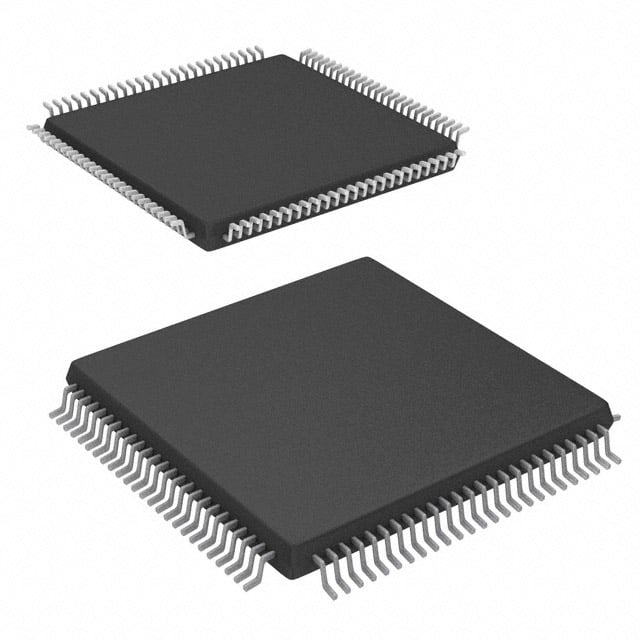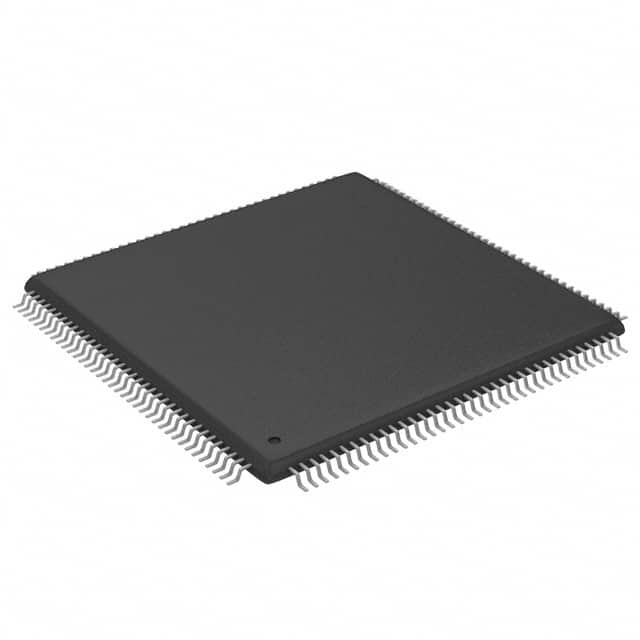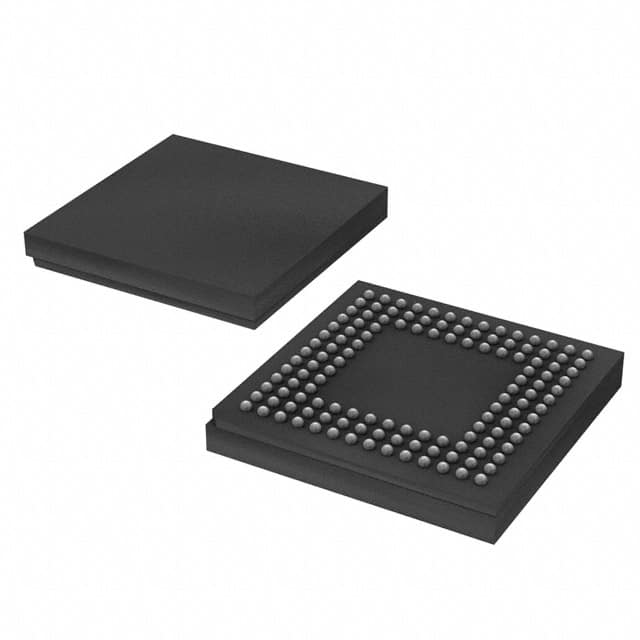AMD / Xilinx XC7Z010-1CLG400C
在庫: 1793
MOQ: 1
1 つの価格帯
- メーカー品番 :XC7Z010-1CLG400C
- メーカーです :AMD / Xilinx
- Dasenic # :XC7Z010-1CLG400C-DS
- ドキュメント : XC7Z010-1CLG400C ドキュメント PDF
- 説明する : IC SOC CORTEX-A9 667MHZ 400BGA
- パッケージ :-
- 単価: $65.3580合計: $65.36
| 数量 | 単価 | 節約 |
|---|---|---|
| 1-1 | $65.3580 | - |
コストと時間を節約するのに役立ちます。
厳格な品質検査と商品の信頼できるパッケージ。
時間を節約する高速で信頼性の高い配送。
365日間の保証アフターサービスを提供します。
AMD / Xilinx XC7Z010-1CLG400C 技術仕様、属性、パラメータ。
カテゴリ:Integrated Circuits (ICs)/System On Chip (SoC)
製品ステータス:Active
動作温度:0°C ~ 85°C (TJ)
パッケージ/ケース:400-LFBGA, CSPBGA
サプライヤーデバイスパッケージ:400-CSPBGA (17x17)
周辺機器:DMA
建築:MCU, FPGA
スピード:667MHz
コアプロセッサ:Dual ARM® Cortex®-A9 MPCore™ with CoreSight™
フラッシュサイズ:-
R A Mサイズ:256kB
接続性:CANbus, EBI/EMI, Ethernet, I²C, MMC/SD/SDIO, SPI, UART/USART, USB OTG
主な属性:Artix™-7 FPGA, 28K Logic Cells
EU RoHS ステータス:ROHS3 Compliant
モイスチャーレベル:3 (168 Hours,30°C/60%RH)
REACH規則:REACH Unaffected
輸出規制分類番号:3A991D
HTS 米国:8542.39.0001
中国の RoHS ステータス:Green Symbol: Green and environmentally friendly product
XC7Z010-1CLG400C は AMD / Xilinx によって提供されています
1984 年に設立され、カリフォルニア州サンフランシスコに本社を置くザイリンクス社は、完全なプログラマブル ロジック ソリューションを提供する世界有数のプロバイダーです。ザイリンクスは、集積回路 (IC)、ソフトウェア設計ツール、知的財産 (IP) コアとして提供される定義済みシステム機能、設計サービス、顧客トレーニング、フィールド エンジニアリング、テクニカル サポートなど、プログラマブル ロジック製品の設計と開発を行っています。ザイリンクスは、FPGA、プログラマブル SoC、ACAP の発明者として有名です。3,500 件の特許と 60 件の業界初を誇り、ザイリンクスは輝かしい実績を誇っています。2022 年 2 月、Advanced Micro Devices 社は、チップ業界記録となる約 500 億ドル相当のザイリンクス社の買収を完了し、極めて重要なデータ センター市場でさらなる優位性を獲得しました。
AMD / Xilinx 関連商品のおすすめ
評価とレビュー
Great Product
John D.
Excellent product quality and fast shipping service. Will definitely purchase again!
Good Experience
Sarah M.
Smooth transaction process and responsive customer support. Highly recommended!
Satisfied
Mike R.
Accurate product description and arrived earlier than expected.
製品を評価してください!
アカウントにログイン後、コメントを送信してください。








